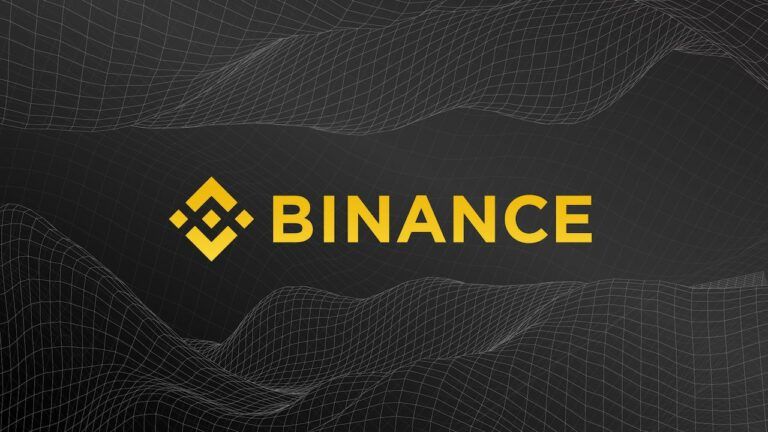On Tuesday (December 3), crypto exchange Binance finally announced staking support for Tezos (XTZ), one of the most popular Proof-of-Stake (PoS) cryptoassets.
What is Tezos?
Tezos is a general-purpose open source blockchain project that can “evolve by upgrading itself.”
Here are the main ideas in Tezos:
- Self-Amendment. This means Tezos can upgrade itself without needing a hard fork:
This is important as the suggestion or expectation of a fork can divide the community, alter stakeholder incentives, and disrupt the network effects that are formed over time. Because of self-amendment, coordination and execution costs for protocol upgrades are reduced and future innovations can be seamlessly implemented.
- On-Chain Governance. The Tezos protocol is governed by the stakeholders.
The election cycle provides a formal and systematic procedure for stakeholders to reach agreement on proposed protocol amendments. By combining this on-chain mechanism with self-amendment, Tezos can change this initial election process to adopt better governance mechanisms when they are discovered.
- Decentralized Innovation. A proposed amendment may include payment to those involved in improving the core protocol:
This funding mechanism encourages robust participation and decentralizes the maintenance of the network. Fostering an active, open, and diverse developer ecosystem that is incentivized to contribute to the protocol will facilitate Tezos development and adoption.
- Smart Contracts and Formal Verification. Tezos allows the creation of smart contracts and decentralized applications (DApps). It has a native smart contract language called Michelson that makes formal verification easier.
- A Delegated Proof-of-Stake (DPoS) consensus mechanism. XTZ token holders take part in the consensus process by staking (i.e. locking up) — which in Tezos land is called “staking” — their tokens for the right to validate blocks. XTZ holders may delegate their tokens to bakers whilst retaining ownership of the tokens. Bakers receive block rewards, the substantial portion of which are distributed to those XTZ token holders that delegated their tokens to them. This means that even if you do not hold enough XTZ to become a full baker you can still take part in the block validation/reward process.
The Tezos initial coin offering (ICO) was launched on 1 July 2017, managing to raise around $232 million. The Tezos Foundation launched the Tezos mainnet on 17 September 2018.
Tezos Staking Support in Binance
Binance’s announcement says that Binance will be supporting Tezos staking from December 4.
The Binance team says that XTZ staking rewards would be distributed as follows:
- Starting at 00:00 UTC on 4 December 2019, Binance will start taking hourly snapshots of users’ XTZ balances (i.e. 24 snapshots each day).
- The following two equations will be used to calculate the XTZ staking distribution:
- “XTZ generated by each user = Total XTZ staking rewards received by Binance * User XTZ holdings ratio”
- “User XTZ holdings ratio = User XTZ holdings / Total XTZ staked by Binance.”
To qualify for staking rewards, users need to have at least one XTZ.
The first distribution will be calculated up to and including 19 December 2019, “with the total amount distributed equal to the staking rewards accrued on holdings during the period.”
XTZ rewards will be determined on a daily basis (hourly snapshots) and paid out on a monthly basis; staking reward distributions will be completed “before the 20th day of each following month.”
Binance’s website says that the estimated annual yield for Tezos staking is 6–7%.
Effect of Binance’s Announcement on the XTZ Price
According to CryptoCompare, XTZ is currently trading at $1.276, up 5.89% in the past 24-hour period:

Featured Image Courtesy of Binance









